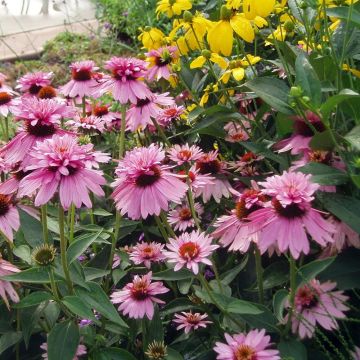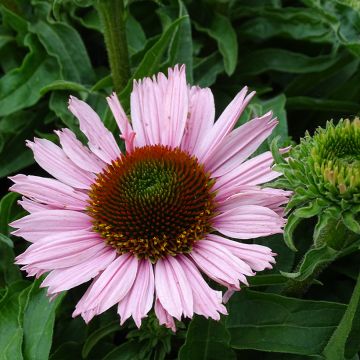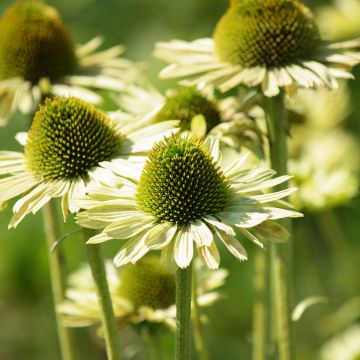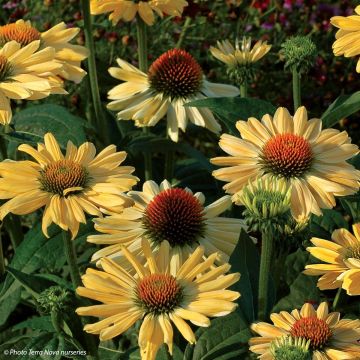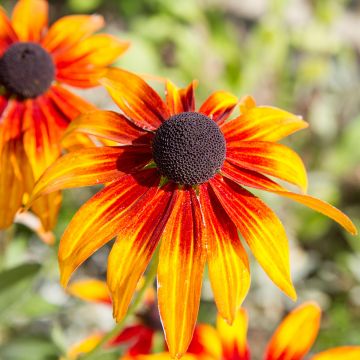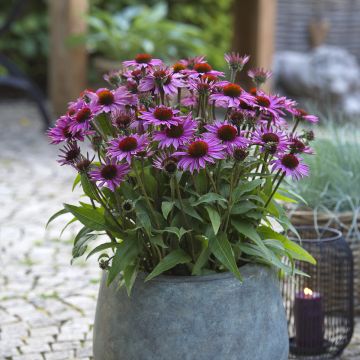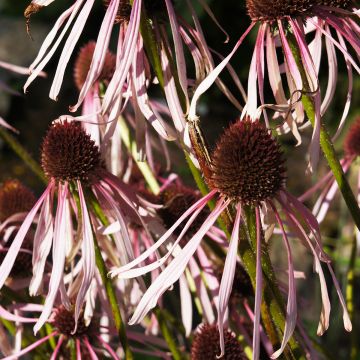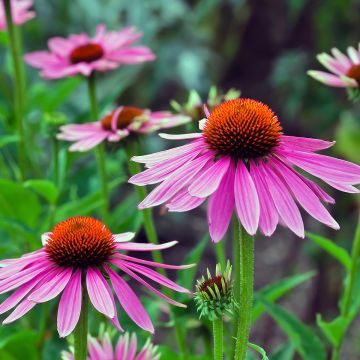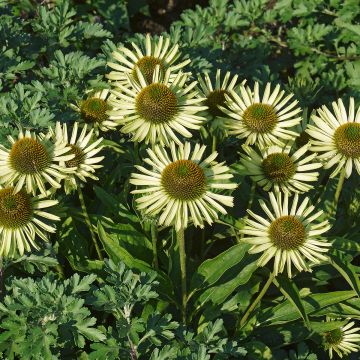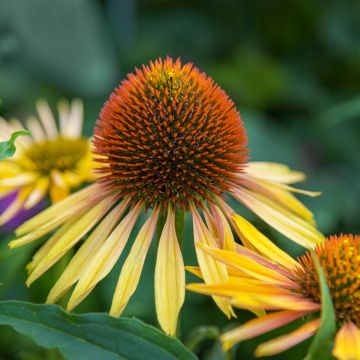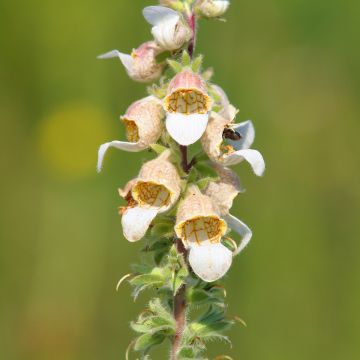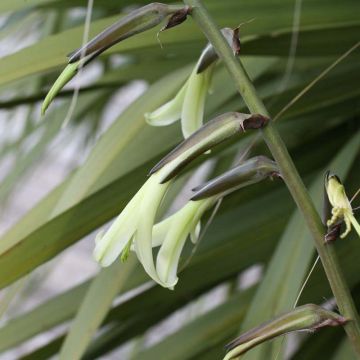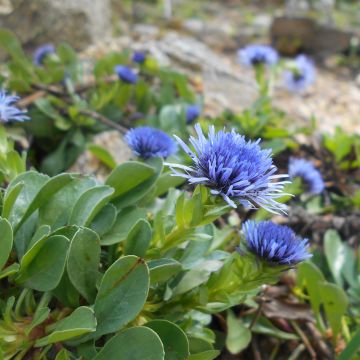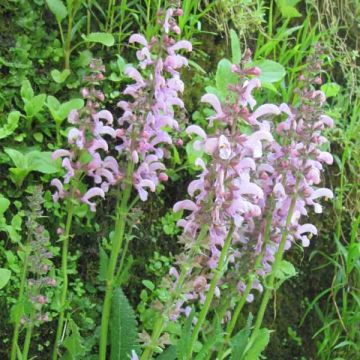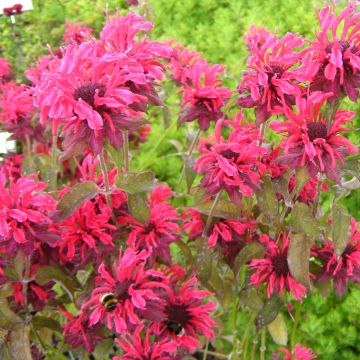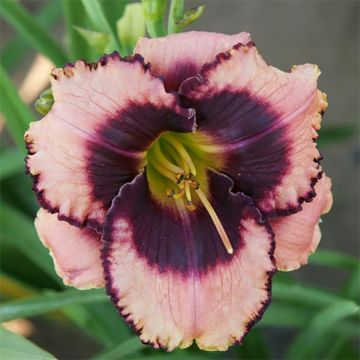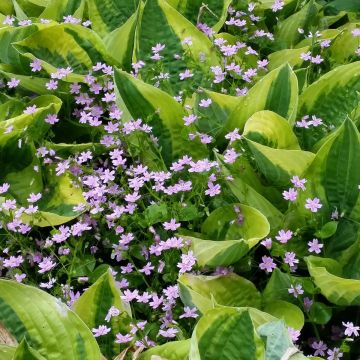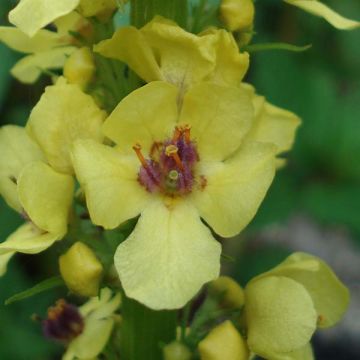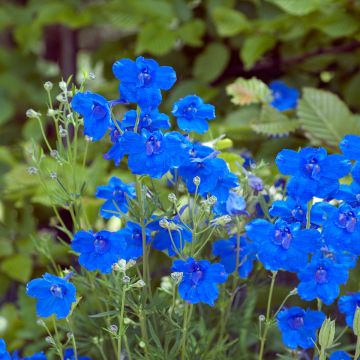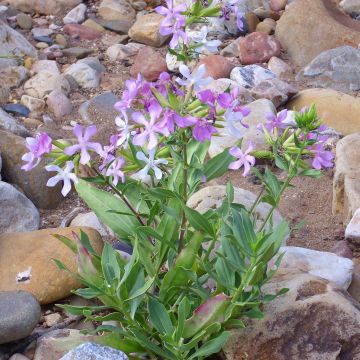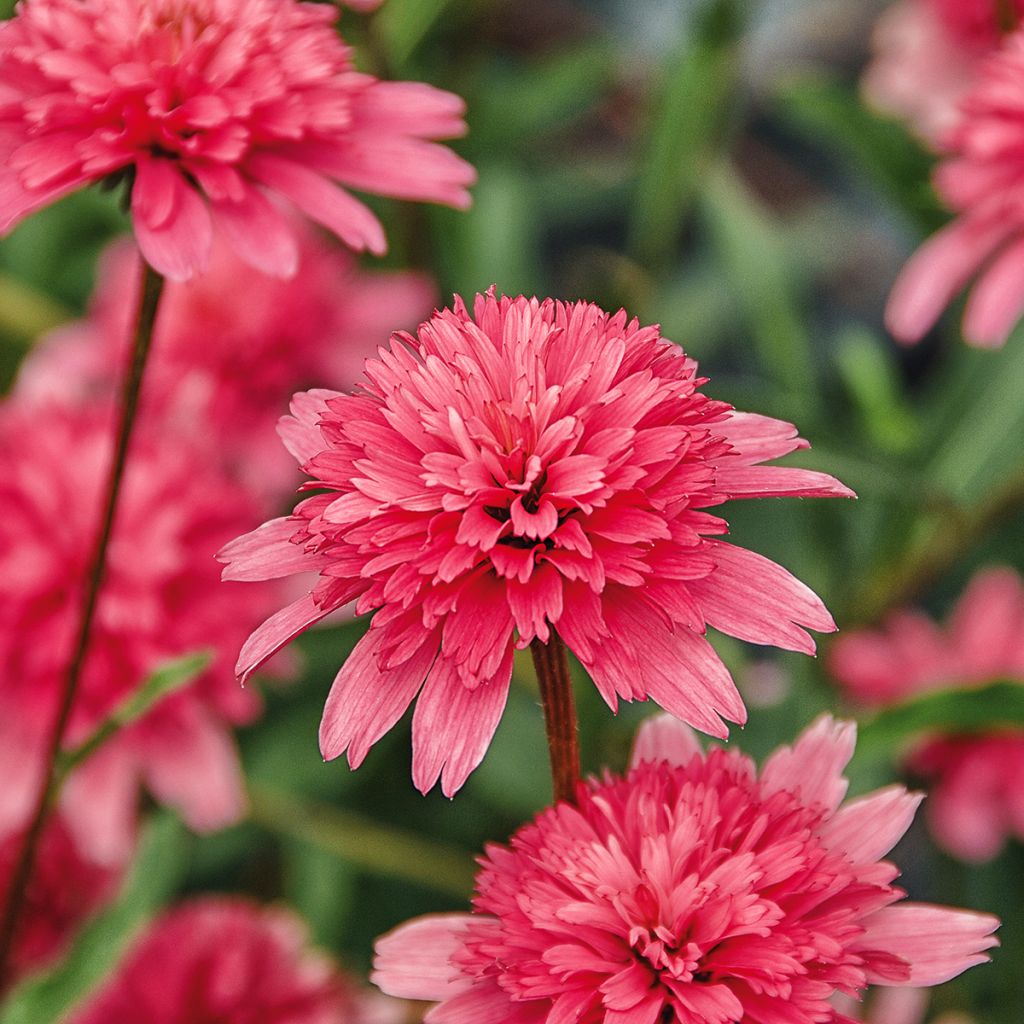

Echinacea Mini Belle
Echinacea Mini Belle
Echinacea purpurea Minibelle
Purple Coneflower, Eastern Purple Coneflower
This item cannot be shipped to the selected country
Delivery charge from €5.90
More information
Delivery charge from €5.90
More information
Schedule delivery date,
and select date in basket
This plant carries a 12 months recovery warranty
More information
We guarantee the quality of our plants for a full growing cycle, and will replace at our expense any plant that fails to recover under normal climatic and planting conditions.
From €5.90 for pickup delivery and €6.90 for home delivery
Express home delivery from €8.90.
Does this plant fit my garden?
Set up your Plantfit profile →
Description
Echinacea 'Mini Belle' is a new variety of echinacea with bicolour pom-pom flowers, magenta at the centre, with short light pink petals and a compact and dense habit, ideal for bordering pathways.
Originally from the United States, this perennial forms a dense, compact and tidy clump. The deciduous lanceolate, green leaves, are covered in bristly hairs. The reddish, branching stems are topped with double, solitary bicolour flowers, 8cm (3in) in diameter. It is nectar-rich and floriferous and blooms all summer with magenta pom-pom flowers with short light pink petals.
Echinacea 'Mini Belle' thrives in fertile, deep, loamy, moist and well-drained soil, in a sunny location. Mulch the base in May to retain moisture in summer, as it is sensitive to drought. Excellent flowers for cutting or drying.
Echinacea 'Mini Belle' can be used in borders, beds, and containers mixed with other varieties or delphiniums, perennial geraniums, and astilbes.
Flowering
Foliage
Plant habit
Botanical data
Echinacea
purpurea
Minibelle
Asteraceae
Purple Coneflower, Eastern Purple Coneflower
Cultivar or hybrid
Other Echinacea - Coneflower
Planting and care
Echinacea 'Mini Belle' is best planted in spring in a mixture of compost and garden soil. Mulch the base in May to retain moisture in summer, as it is susceptible to drought. Remove faded flowers regularly. Divide the clump when flowering slows down. It is a rhizome plant that can become invasive and is susceptible to aphid attacks and powdery mildew.
Planting period
Intended location
Care
This item has not been reviewed yet - be the first to leave a review about it.
Summer flowering perennials
Haven't found what you were looking for?
Hardiness is the lowest winter temperature a plant can endure without suffering serious damage or even dying. However, hardiness is affected by location (a sheltered area, such as a patio), protection (winter cover) and soil type (hardiness is improved by well-drained soil).

Photo Sharing Terms & Conditions
In order to encourage gardeners to interact and share their experiences, Promesse de fleurs offers various media enabling content to be uploaded onto its Site - in particular via the ‘Photo sharing’ module.
The User agrees to refrain from:
- Posting any content that is illegal, prejudicial, insulting, racist, inciteful to hatred, revisionist, contrary to public decency, that infringes on privacy or on the privacy rights of third parties, in particular the publicity rights of persons and goods, intellectual property rights, or the right to privacy.
- Submitting content on behalf of a third party;
- Impersonate the identity of a third party and/or publish any personal information about a third party;
In general, the User undertakes to refrain from any unethical behaviour.
All Content (in particular text, comments, files, images, photos, videos, creative works, etc.), which may be subject to property or intellectual property rights, image or other private rights, shall remain the property of the User, subject to the limited rights granted by the terms of the licence granted by Promesse de fleurs as stated below. Users are at liberty to publish or not to publish such Content on the Site, notably via the ‘Photo Sharing’ facility, and accept that this Content shall be made public and freely accessible, notably on the Internet.
Users further acknowledge, undertake to have ,and guarantee that they hold all necessary rights and permissions to publish such material on the Site, in particular with regard to the legislation in force pertaining to any privacy, property, intellectual property, image, or contractual rights, or rights of any other nature. By publishing such Content on the Site, Users acknowledge accepting full liability as publishers of the Content within the meaning of the law, and grant Promesse de fleurs, free of charge, an inclusive, worldwide licence for the said Content for the entire duration of its publication, including all reproduction, representation, up/downloading, displaying, performing, transmission, and storage rights.
Users also grant permission for their name to be linked to the Content and accept that this link may not always be made available.
By engaging in posting material, Users consent to their Content becoming automatically accessible on the Internet, in particular on other sites and/or blogs and/or web pages of the Promesse de fleurs site, including in particular social pages and the Promesse de fleurs catalogue.
Users may secure the removal of entrusted content free of charge by issuing a simple request via our contact form.

































